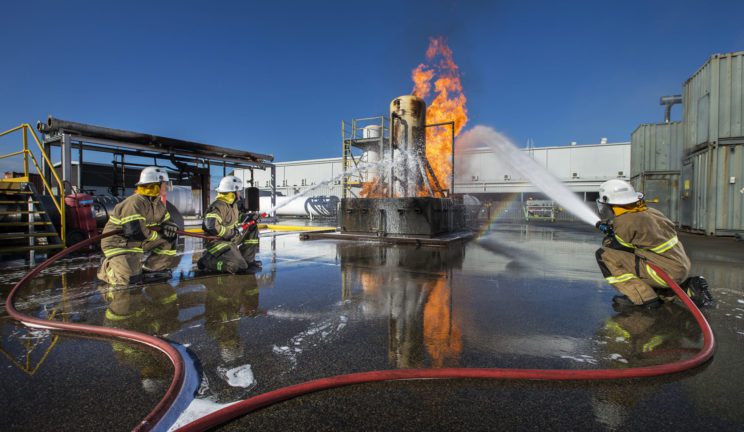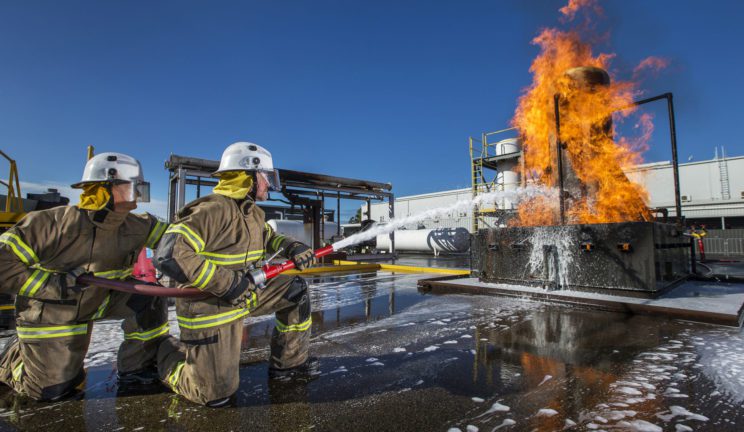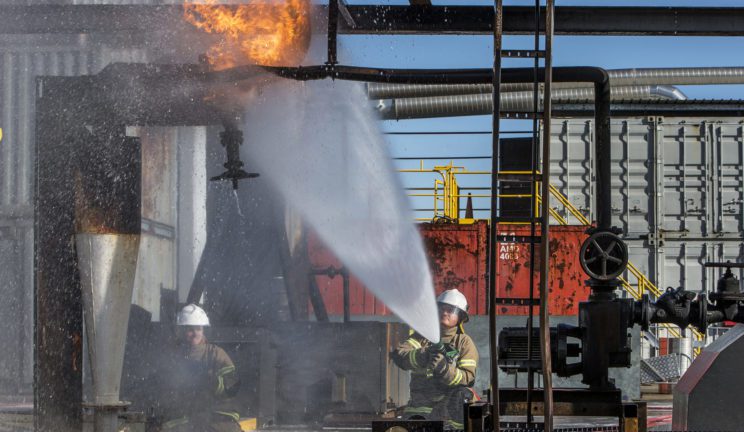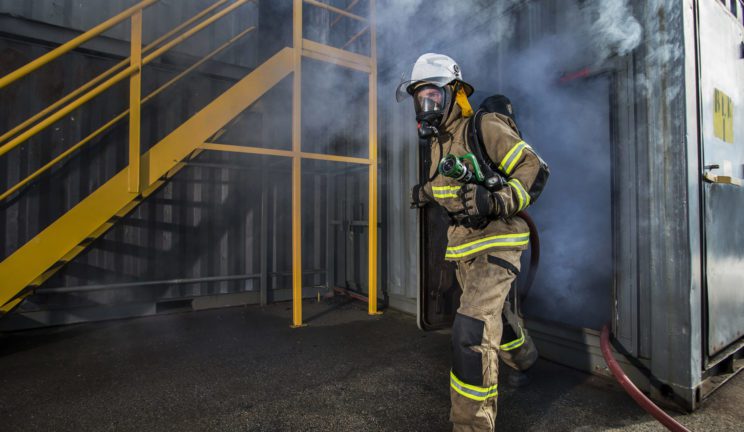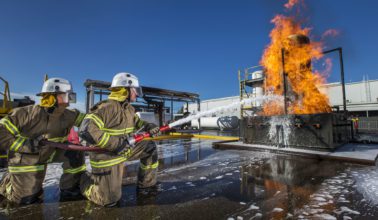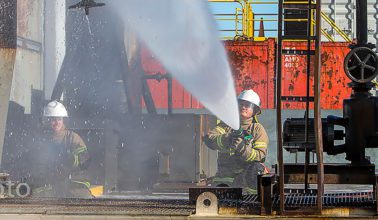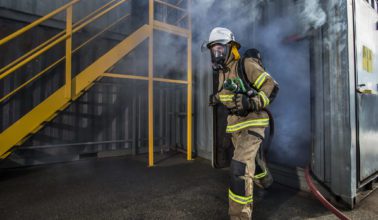Fire Team Member Training Perth · Melbourne · Darwin
Learn How to Operate as a Fire Team Member in an Oil & Gas Workplace
The purpose of ERGT Australia’s Fire Team Member Oil & Gas (FTMO) course is to provide the skills and knowledge required to operate a breathing apparatus whilst undertaking fire control and emergency rescue in resource industry workplaces. The course delivers skills and knowledge regarding the operation and maintenance of a breathing apparatus and equipment in an irrespirable atmosphere, as defined by the Australian Standard AS/NZS 1715:2009 Selection and the use and maintenance of respiratory protective equipment. This course also covers the skills and knowledge required to function as a member of an emergency response team in order to respond to fire emergencies in onshore and/or offshore facilities.
This course applies to operators in the resource industry who, as a normal part of their duties, are required to work with team members in response to a fire emergency, select and use emergency equipment, and conduct search and rescue according to procedures.
Learning Outcomes
The expected learning outcomes for these Nationally Recognised Training units are:
MSMWHS216 Operate breathing apparatus
- Conduct pre-donning checks and tests on breathing apparatus
- Operate breathing apparatus
- Conclude operations in accordance with procedures
PMAWHS213 Undertake fire control and emergency rescue
- Respond to identified fire emergencies
- Deploy fire emergency equipment
- Undertake search and rescue of affected areas
ERGT Desired Skills and Knowledge
ERGT understands trainees require a foundation that enables them to appreciate the common types of hazards and potential risks present in the oil and gas workplace and standard emergency response procedures.
It is recommended (but not mandatory) that trainees attend the course with the following skills and knowledge:
- Company Induction training
- Workplace emergency response procedures (including fire extinguishers)
- Site Emergency response structure and mustering procedures
- Safe Work Management Systems
- Organisational hazard identification and hazard reporting
- Risk assessment processes
If you do not have the desired skills and knowledge listed above, ERGT recommends attending the Common Safety Training Program (CSTP) as it covers these topics.
Medical
A health questionnaire and declaration of fitness will be required at course registration. Please contact ERGT for any concerns regarding completion of practical training and assessment requirements and to discuss options for reasonable adjustments.
Additional Requirements
A government issued photo identification and valid USI is required for course registration.
Please read AS/NZS 1715 Appendix B: Facial Seal of Respirators. You will not be able to meet competency if you do not comply with the requirements of the standard. Please contact ERGT if you require further clarification.
Structure & Assessment
This course is delivered through training room presentations, group discussion and practical demonstrations and exercises including responding to a range of minor and major fire incidents. Trainees will demonstrate their competence through written and practical assessment.
Skills Maintenance
In alignment with industry expectations and to ensure ongoing competence and capability ERGT recommends skills maintenance be conducted every 2 years.
Authority Regulator
Nationally Recognised Training is regulated by the Australian Skills Quality Authority (ASQA), which is the national regulator for Australia’s vocational education and training sector.
†No GST applicable
*Price Includes GST
+Price includes GST / ^No GST applicable

